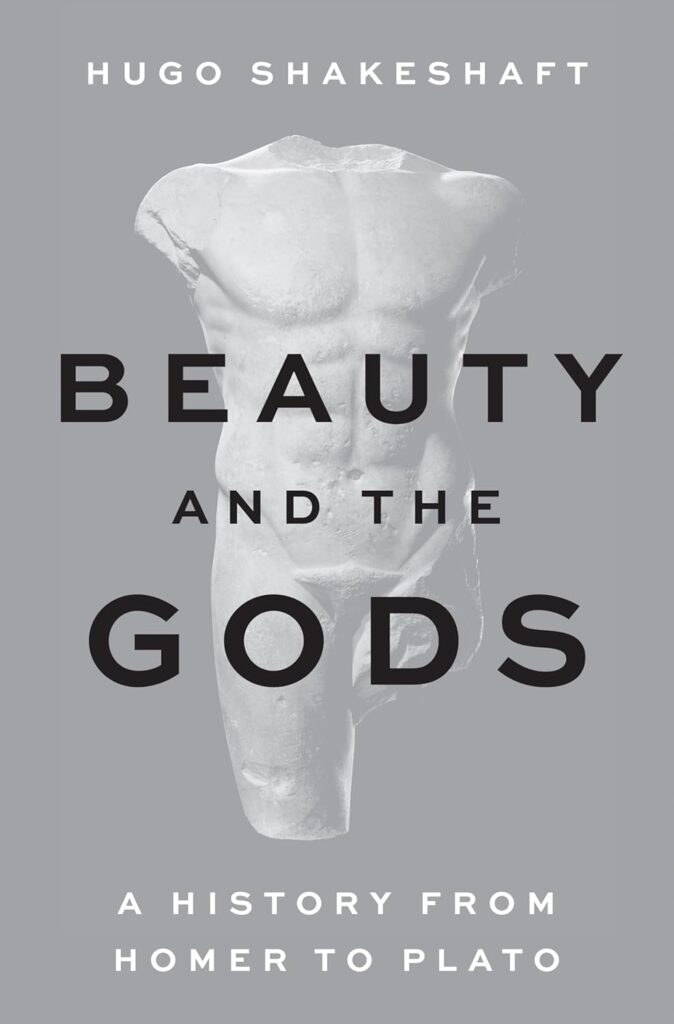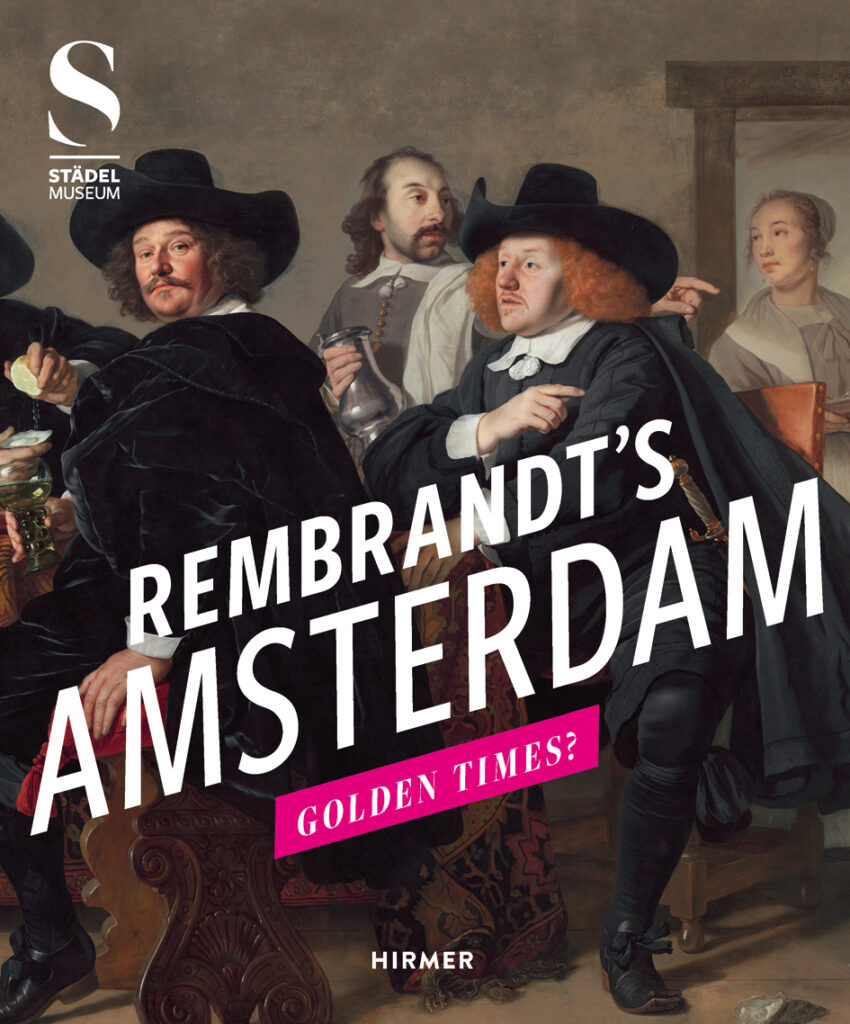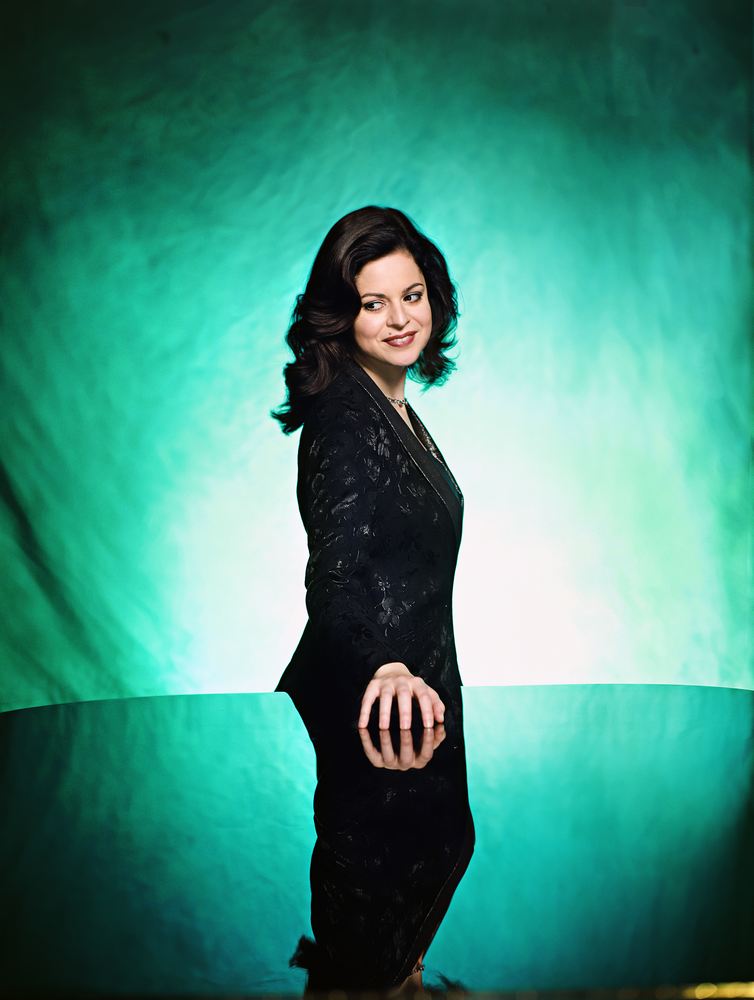
Beauty and the Gods: A History from Homer to Plato, by Hugo Shakeshaft (Princeton University Press): In the modern academy it falls to philosophy to teach us about beauty, in bloodless prose, while most art and literary historians scrupulously avoid aesthetic judgments. The irony, as Hugo Shakeshaft observes in the introduction to Beauty and the Gods, can be traced back to the eighteenth century, when such theorists as Baumgarten, Kant, and Hegel began to treat beauty as an end in itself, requiring a certain aesthetic disinterest to appraise. Useful, perhaps, in persuading cultural historians of their own irrelevance, this formulation has nevertheless discouraged the systematic study of beauty in ancient Greece, a concept which, as Shakeshaft points out, was deeply connected with—in Plato’s formulation, even revelatory of—the divine. Treating poetry, landscapes, architecture, statuary, and more from the Archaic period (roughly the mid-eighth to the early fifth centuries B.C.), Shakeshaft subjects a timeless topic to fresh analysis. —RE

Rembrandt’s Amsterdam: Golden Times?, edited by Jochen Sander (Hirmer): Those who couldn’t make it to Frankfurt for the “Rembrandt’s Amsterdam: Golden Times?” exhibition, which closed last week, are not out of luck. The catalogue is a splendidly illustrated overview of the show, whose pesky question mark in the title plants a seed of doubt in the reader’s mind. Was Holland in the seventeenth century really in the midst of a golden age? Judging by the splendor of Rembrandt’s group portraits on display here, we can answer in the affirmative. —BR

Zlata Chochieva performs at Carnegie Hall, New York (April 2): Like a good stage actor, the recitalist must decide with the utmost tact when to let his personality shine through and when to blend back into the role at hand. A successful arrangement is similar—take Liszt, whose stamp is unmistakable in his adaptations of Beethoven and Wagner, yet it does not distract from the unfolding of the original. The Russian pianist Zlata Chochieva has selected two adaptations to bookend her Carnegie Hall debut, one by Bartók of Bach, and one by Rachmaninoff of Mendelssohn. Intervening will be a terrific program: Schumann’s Symphonic Etudes, an early and a late gem by Brahms, a brace of Rachmaninoff preludes, and Rachmaninoff’s Corelli Variations (adaptation is clearly on Chochieva’s mind). —IS

The New York International Antiquarian Book Fair, at the Park Avenue Armory (April 3–6): The Park Avenue Armory’s sixty-thousand-square-foot drill hall was once the home of the Seventh Regiment of the New York Militia, crowded with so many prominent names that it was nicknamed the “Silk Stocking” or “Blue-Blood” regiment. This weekend, though, it will be stocked with books. The sixty-fifth annual New York International Antiquarian Book Fair descends upon the Armory this Thursday evening; throughout the weekend, collectors and window-shoppers alike can browse the stands of over 150 vendors hailing from fourteen countries, with their specialties ranging from the classic—medieval and Renaissance art, say—to the more unexpected, such as aeronautics and baseball. —SM
Dispatch:
“Two Heinrichs & a Henry,” by M. P. Kennedy. On a program of early music performed by Musica Angelica.
By the Editors:
“‘Signalgate’ is another nothingburger”
Roger Kimball, The Spectator
From the Archives:
“The museum as a culture mall,” by Hilton Kramer (June 2001). On a trip to Tate Modern.


















